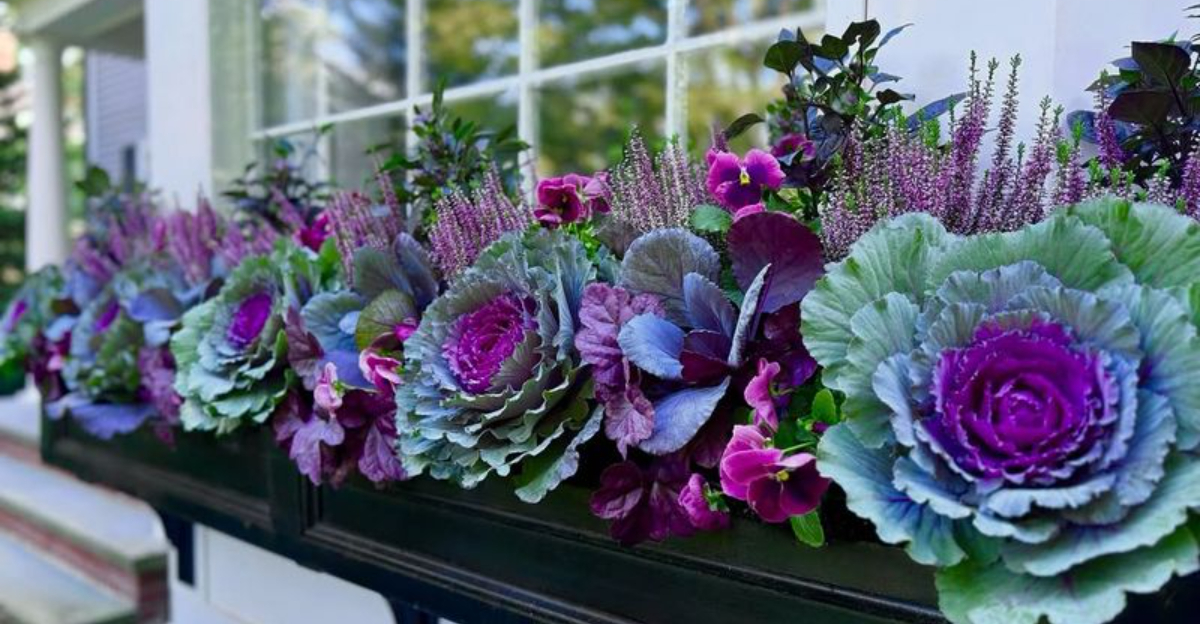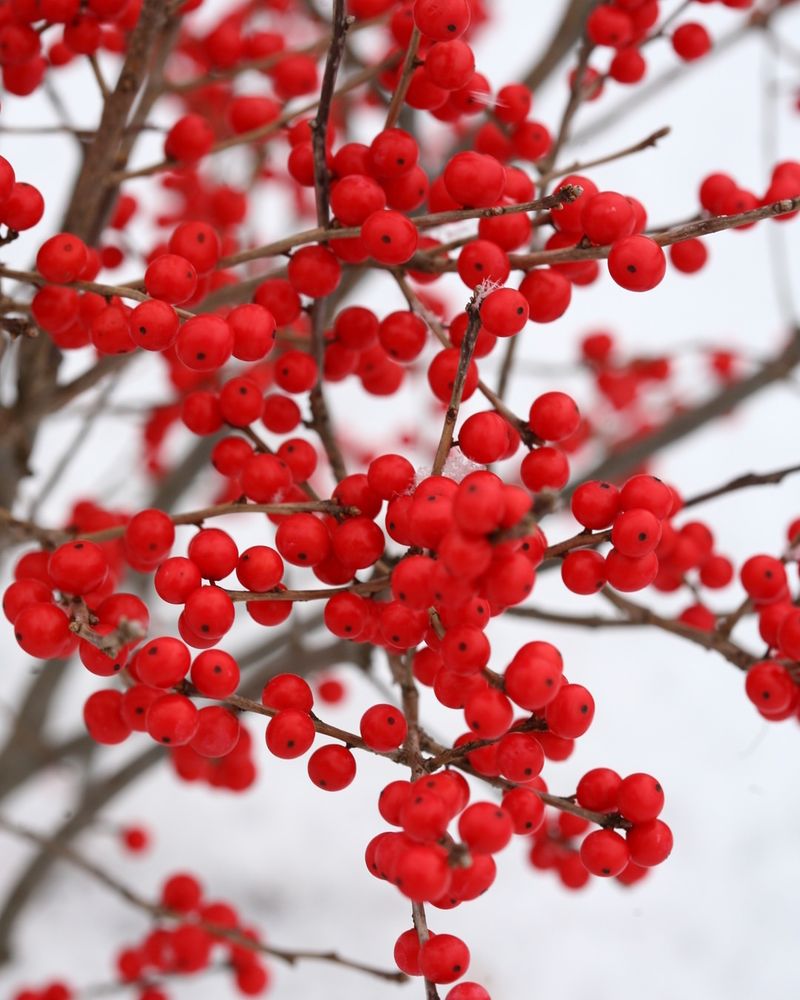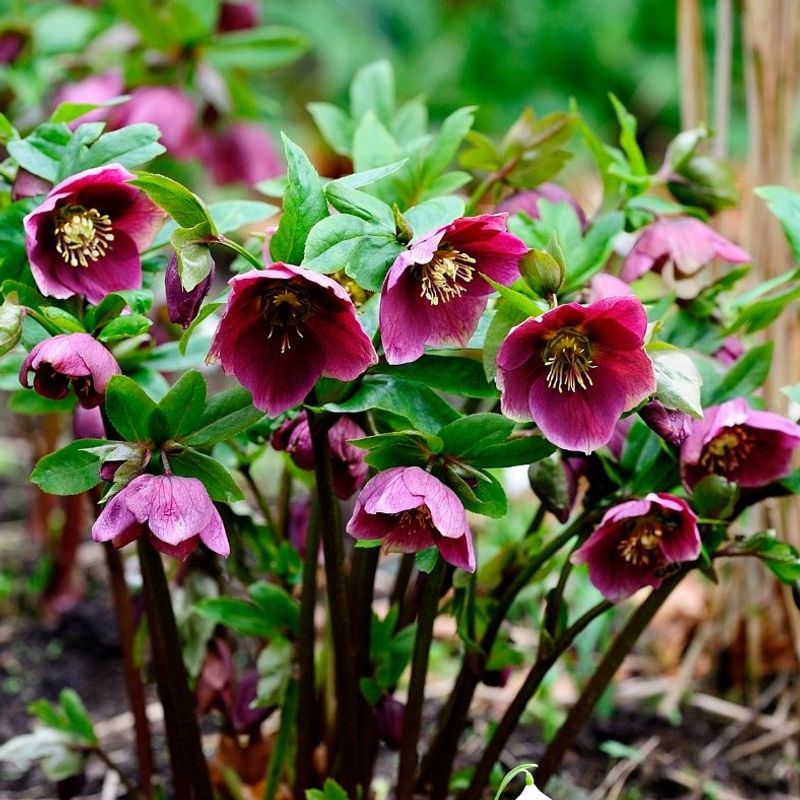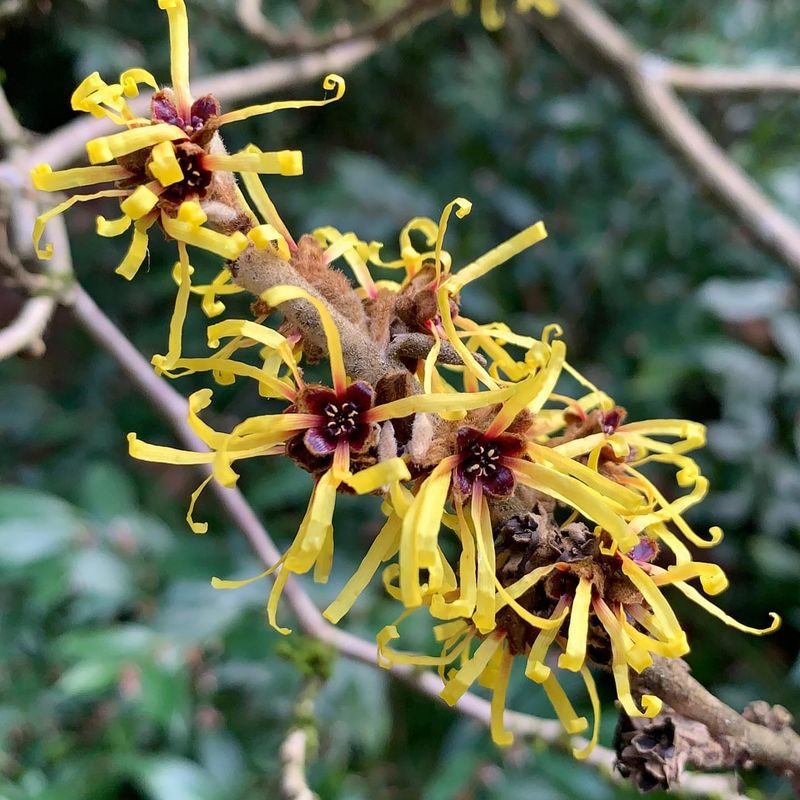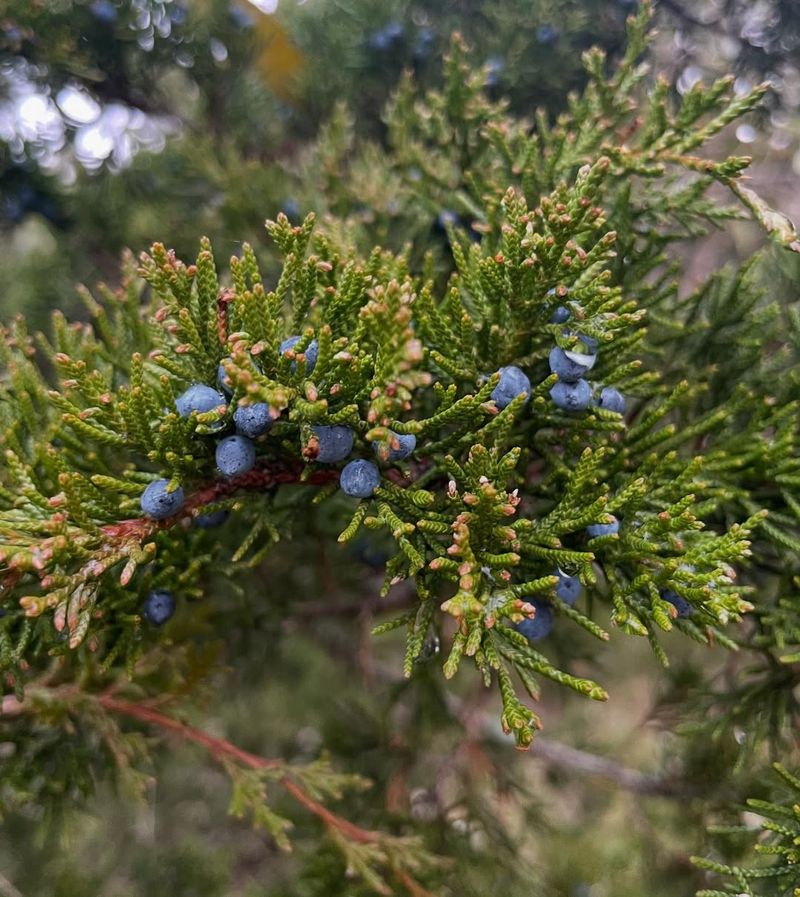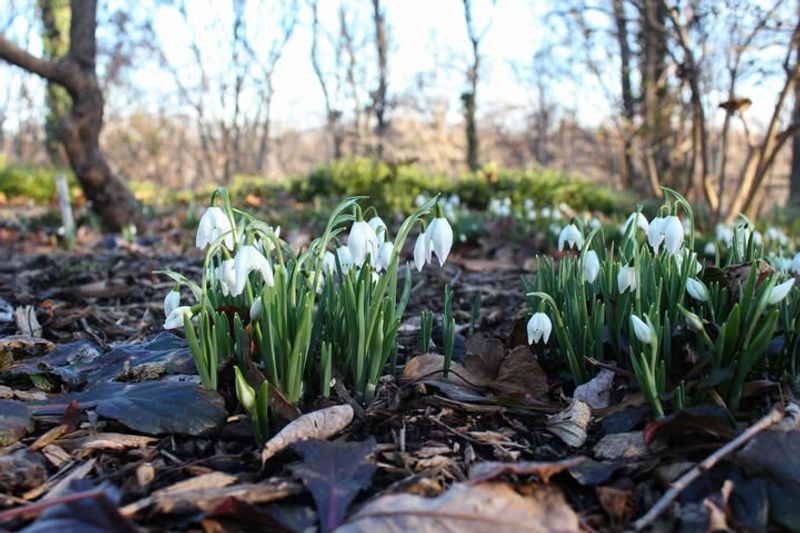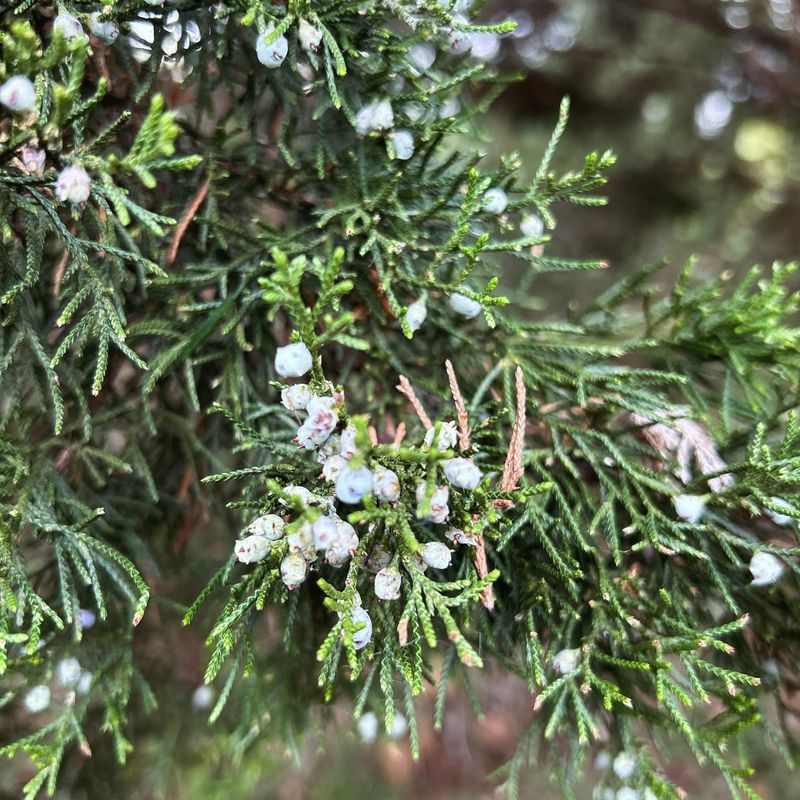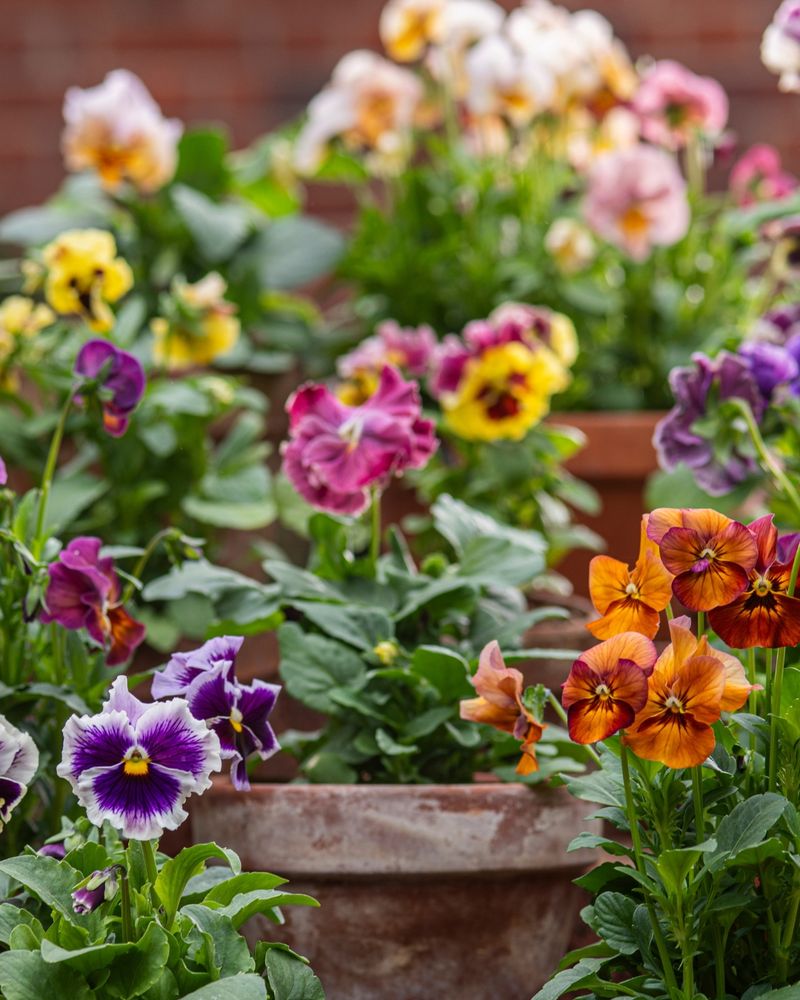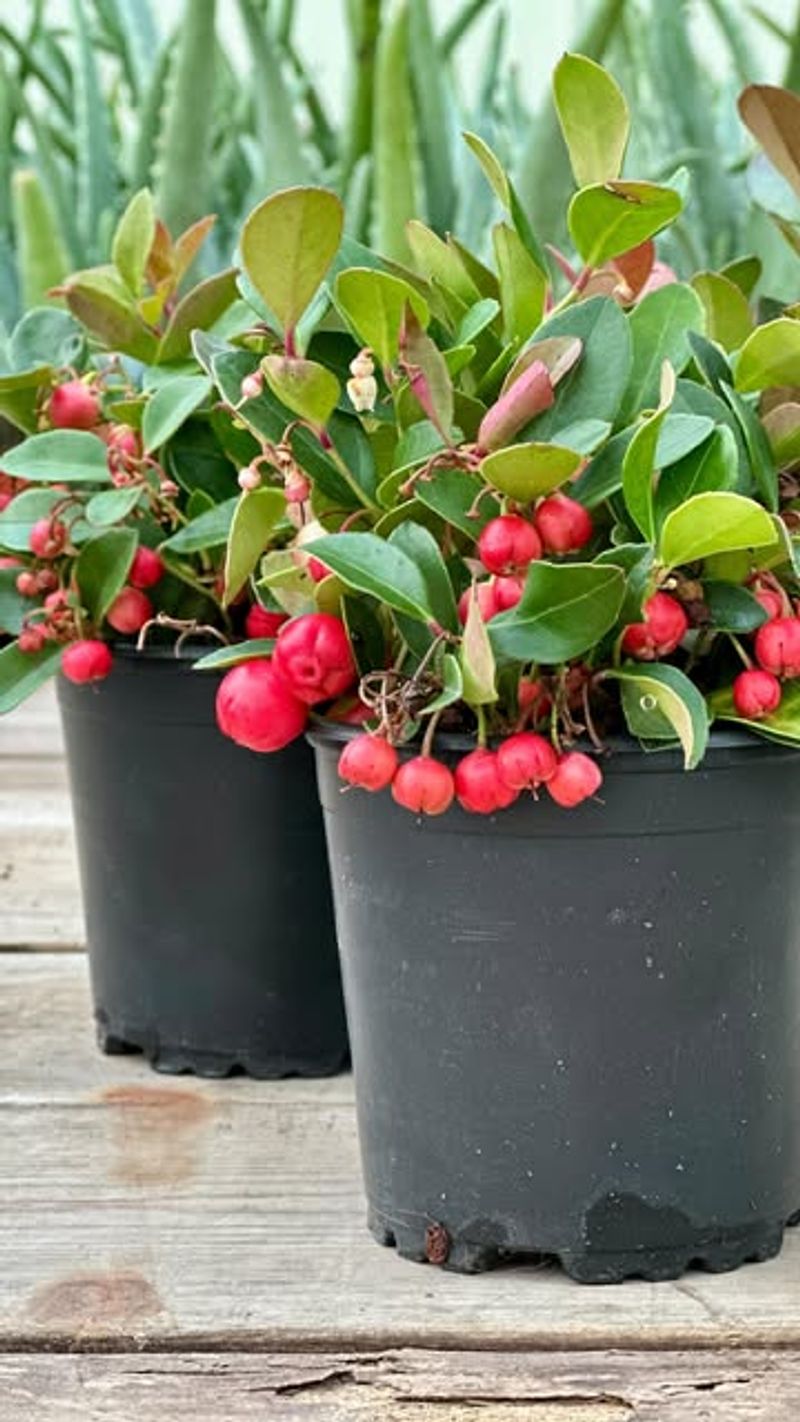Massachusetts gardens face brisk winds and frosty mornings in December, yet the right plants step in like seasoned pros and keep the landscape from falling flat.
A smart mix adds color, structure, and staying power that cuts through the cold with ease. Each standout choice brings its own spark, turning winter beds into scenes that refuse to fade into the background.
1. Winterberry Holly
Bright red berries cover bare branches, creating stunning winter color when most plants look dull. Birds absolutely love these berries, making your yard a wildlife haven during cold months.
Female plants produce the berries, but you’ll need a male plant nearby for pollination. Plant them in moist soil where they’ll get full sun to partial shade.
December planting gives roots time to establish before spring growth begins.
2. Hellebore
Nicknamed the Christmas Rose, hellebores bloom even when snow covers the ground. Their cup-shaped flowers come in gorgeous shades of white, pink, purple, and green.
Once established, these tough perennials return year after year with minimal care. They prefer shady spots with rich, well-draining soil.
Deer won’t bother them either, which makes them perfect for Massachusetts gardens. Plant them now for early spring blooms.
3. Boxwood
Evergreen foliage stays vibrant all year, providing structure when flowering plants have faded away. Boxwoods are incredibly versatile, working well as hedges, borders, or standalone shrubs.
They tolerate pruning beautifully, so you can shape them however you like. Choose varieties bred for cold climates to ensure winter survival.
Plant in well-drained soil with afternoon shade protection. Their compact growth makes them ideal for small spaces too.
4. Witch Hazel
Spidery yellow or orange flowers appear in late winter, often while snow still lingers on the ground. Their sweet fragrance drifts through cold air, signaling that spring isn’t far away.
Native varieties handle Massachusetts winters without any trouble at all. They grow into small trees or large shrubs, reaching about fifteen feet tall.
Plant them near walkways where you’ll appreciate their early blooms and delightful scent daily.
5. Juniper
Tough as nails, junipers handle freezing temperatures, wind, and poor soil without complaining. Their needle-like foliage ranges from blue-green to golden, adding texture to winter landscapes.
Low-growing varieties make excellent groundcovers that prevent erosion on slopes. Upright types work wonderfully as privacy screens or accent plants.
They need very little water once established, making them drought-tolerant too. December planting allows roots to settle before summer heat arrives.
6. Snowdrop Bulbs
Tiny white flowers push through frozen ground as early as February, bringing hope after long winters. Planting bulbs in December gives them the cold period they need to bloom properly.
Snowdrops naturalize easily, spreading into lovely clusters over time without any help from you. They prefer moist, shady areas under trees or along woodland edges.
Squirrels ignore these bulbs, unlike tulips which often get dug up and eaten completely.
7. Ornamental Kale
Ruffled leaves in purple, pink, and white brighten up dreary winter days with bold color. Cold weather actually intensifies their vibrant hues, making them prettier as temperatures drop.
Unlike regular kale, ornamental varieties are grown purely for looks rather than eating. They tolerate frost exceptionally well and often last until heavy snow arrives.
Plant them in containers near your front door or mix them into garden beds for instant visual interest.
8. Eastern Red Cedar
Native to Massachusetts, this evergreen tree provides year-round greenery and shelter for songbirds during harsh weather. Its dense foliage acts as a windbreak, protecting other plants from damaging winter winds.
Blue berries appear on female trees, offering food for cedar waxwings and other wildlife. The aromatic wood naturally resists rot and insects.
Plant young trees in December while they’re dormant for best results. They adapt to various soil types easily.
9. Pansies
Cheerful faces in purple, yellow, orange, and white bloom throughout mild winter days. Winter-hardy varieties can survive Massachusetts cold snaps and bounce back when temperatures warm slightly.
Plant them in containers or garden beds where you’ll see them from windows. They prefer full sun but tolerate light shade too.
Deadhead spent blooms regularly to encourage more flowers. Mulch around plants protects roots from extreme temperature swings during unpredictable weather.
10. Wintergreen
Glossy green leaves and bright red berries create a charming groundcover for shady spots. Native to Massachusetts forests, wintergreen thrives in acidic soil beneath trees and larger shrubs.
Crushing the leaves releases a minty fragrance that smells exactly like wintergreen candy. Birds feast on the berries while the foliage stays attractive all year long.
It spreads slowly but steadily, eventually forming a dense mat that suppresses weeds naturally and beautifully.

